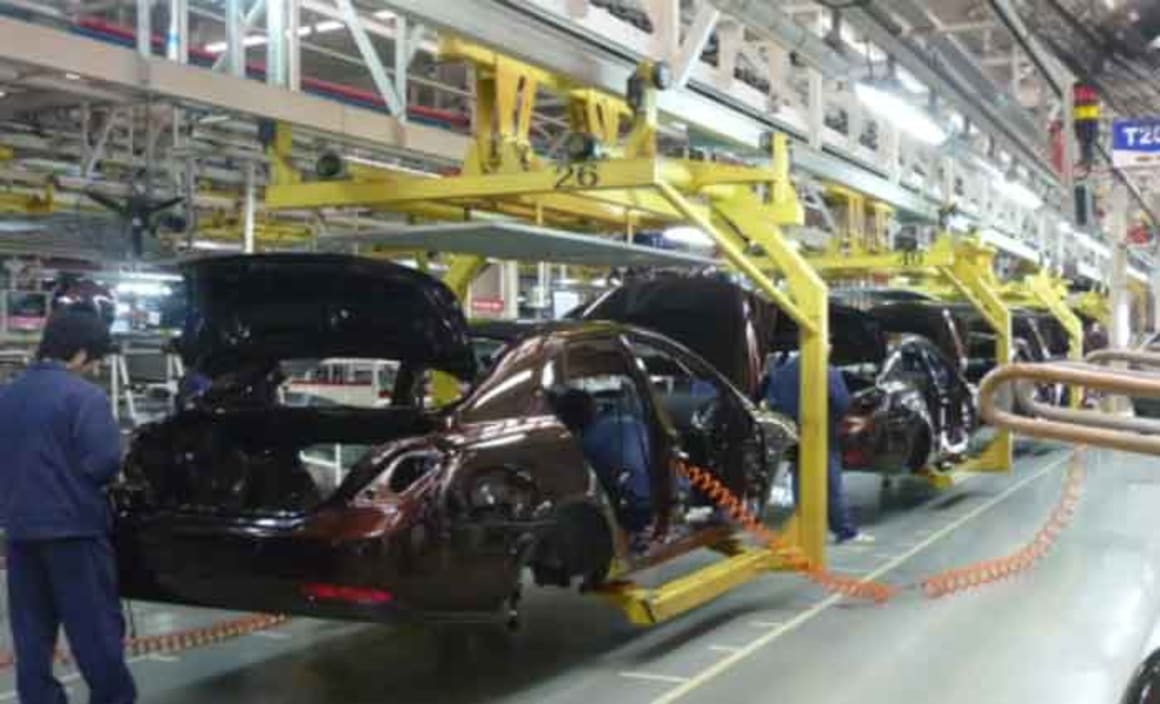Real estate early-warning radar for end of car manufacturing

GUEST OBSERVER
Australian car manufacturers are closing. Ford is closing in October this year. Toyota and Holden are to quit manufacturing in Australia by the end of 2017.
That means that from 2017, Australia will not have a local car manufacturing industry. This will especially impact on companies that make parts for new cars.
One aspect that has not been discussed among the many forthcoming hardships, is the impact on industrial property owners. The suburbs of Melbourne will be hard hit, especially the Northern Suburbs.
Opinions vary as to the number of businesses in the automotive component manufacturing industry but all agree that it is a large number. Many of which are located in Melbourne’s outer suburbs. Administrators appointed to one component manufacturer claims there are 150 firms nationally while Ibis Research says there are 882 businesses. Government committees have relied on automotive aftermarket association membership of 260 as their number.
Many component suppliers’ premises are setup for manufacturing and have limited alternative uses. While there is an ongoing demand for warehouse and distribution industrial properties, these component supplier premises are not considered as they usually lack the necessary high ceiling and high clearance entrance required for storage stacking and large vehicle access.
Figure 1. Declining Industrial while Retail and Office do strong

The effect on industrial property will happen sooner than we think. In fact, it’s happening now.
The Commercial Property Guide Asking Price Index (API) shows a steady decline in the rent that real estate agents are seeking for their clients’ industrial properties. This contrasts with a healthy increase over recent times for office and retail commercial space.
The industrial property rental asking price has been in a decline since November 2015 (see figure 1.). In May 2016 the asking price for industrial property rents have decreased 1.0 percent in the past three months. In the last two months (June and July) industrial rents have found a new lower level. One area that has been particularly hard hit is the Inner Northern suburbs of Melbourne where demand for logistics and warehouse properties does not appear to have offset the effect of factory rents decreases. Table 1. Shows the last six month changes.
Feb | Mar | Apr | May | June | July |
-3.08 | -1.23 | -3.23 | -3.08 | -3.26 | -1.78 |
Table 1. Change over the previous 3 months for Inner Northern Melbourne Industrial Property
With domestic vehicle manufacturing to cease by 2017, the Victorian Government has launched a funding program “Towards Future Industries: Victoria’s Automotive Transition Plan”, to assist businesses, employees and communities to capitalise on opportunities and provide support to those affected.
One group not eligible for direct assistance are factory owners of premises where component manufacture will stop.
The Commercial Property Guide API is starting to tell the story of these parts makers. There is considerable lead-time required to transition out of car parts to a new opportunity. As well as the much discussed unemployment and economic impact, the unintended consequences on commercial property owners is just beginning to be felt.
Simon Rose is chief executive officer, Commercial Property Guide and can be contacted here.